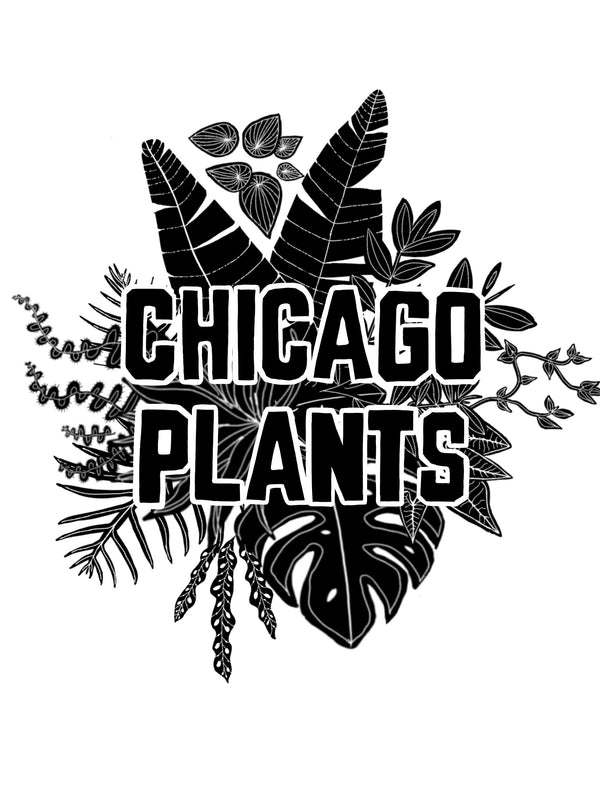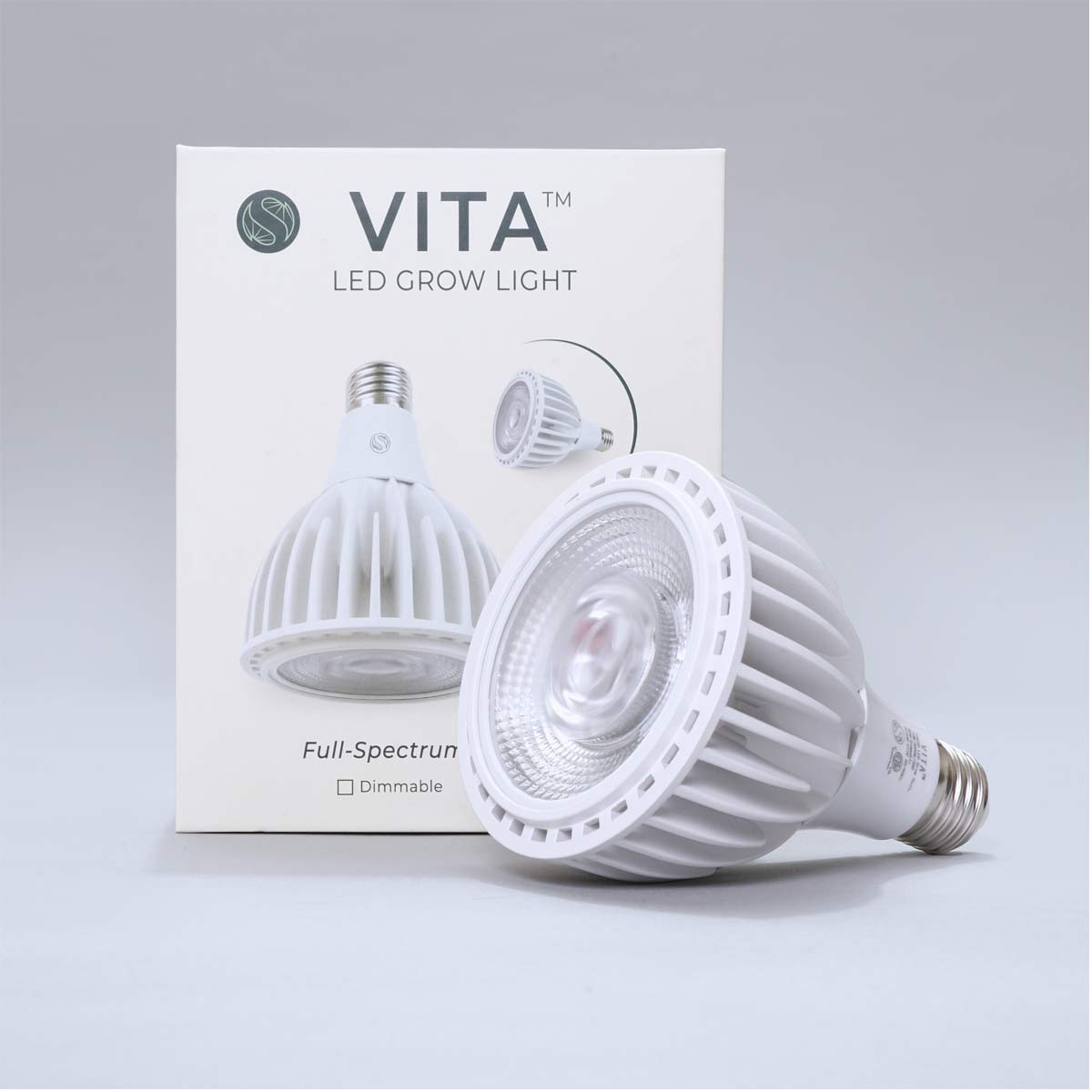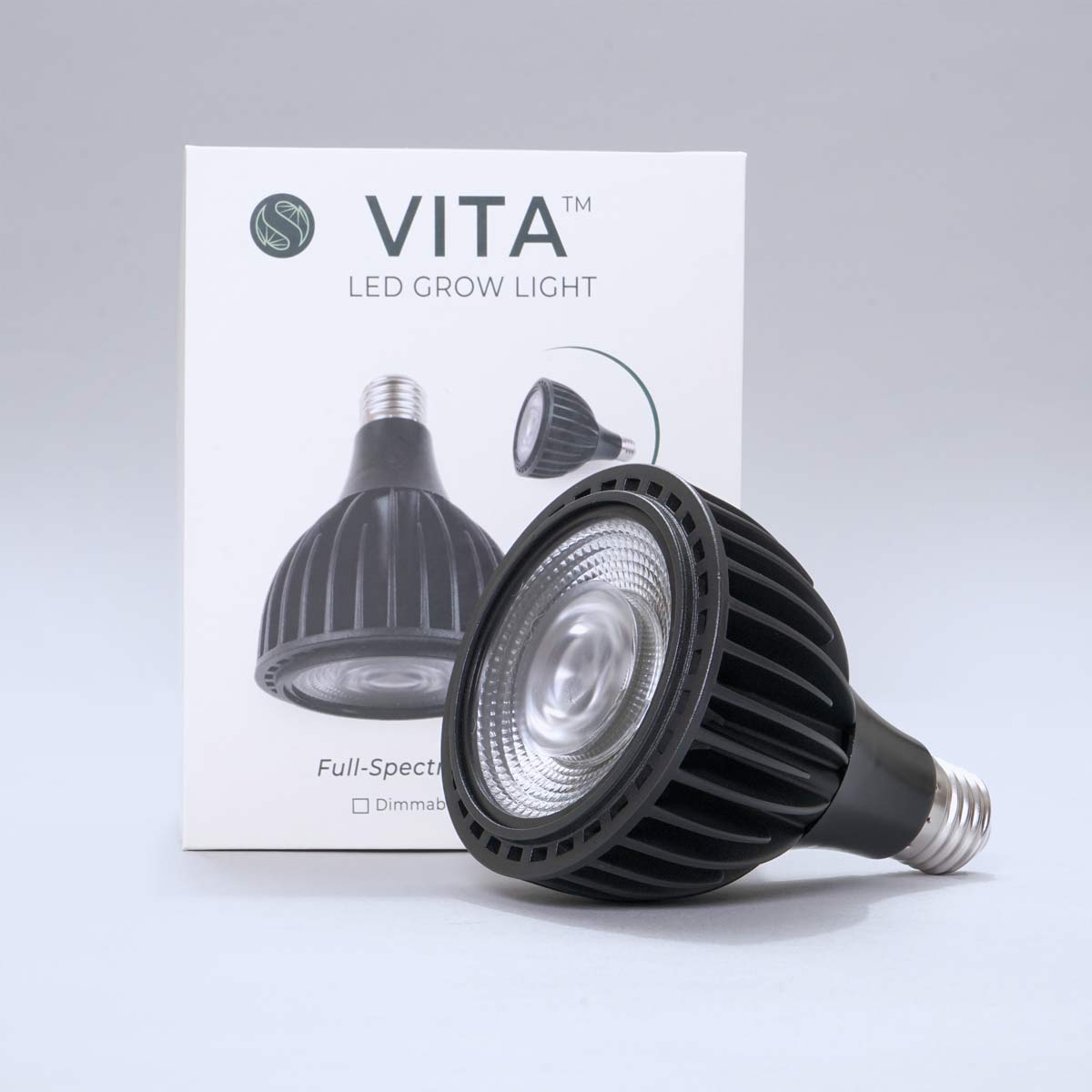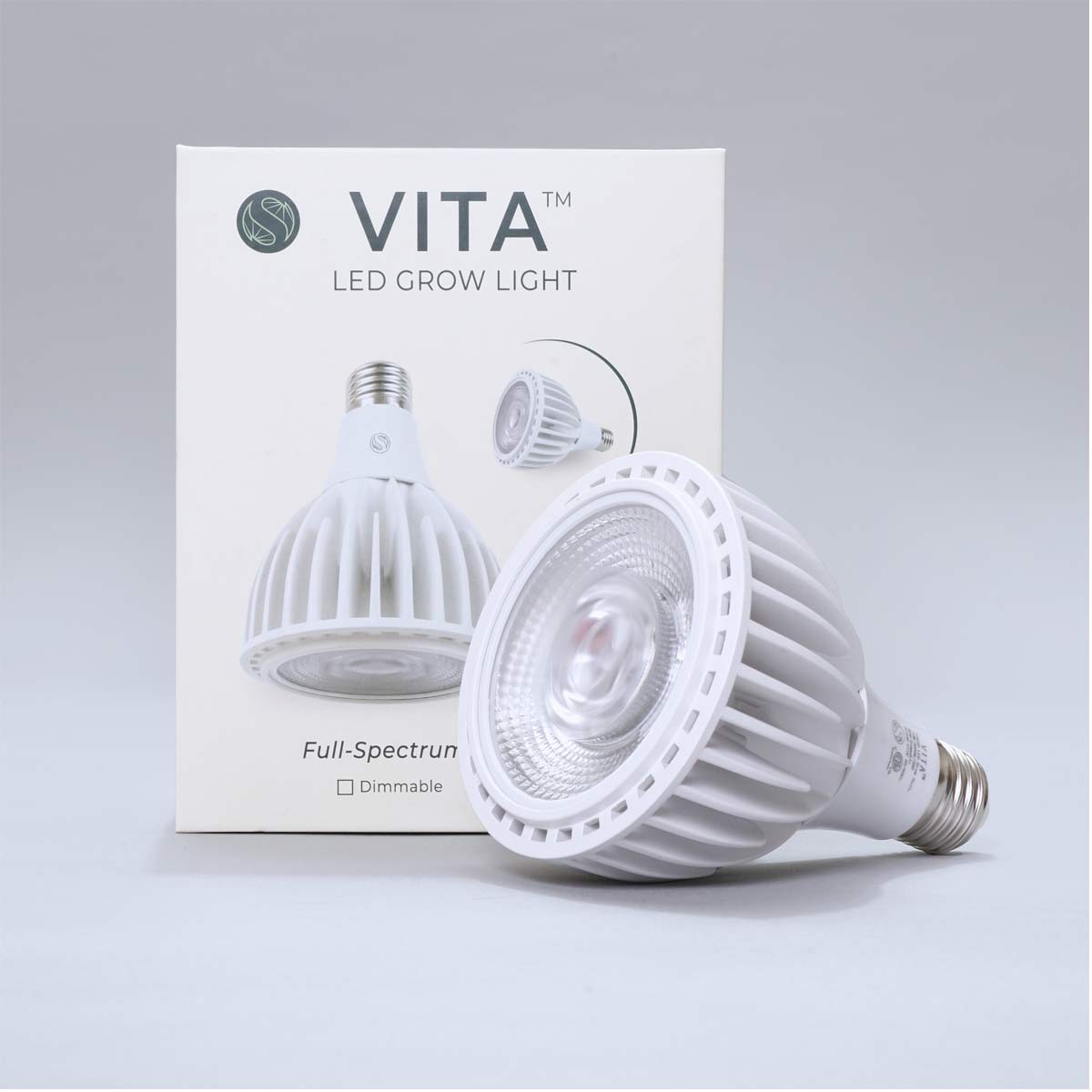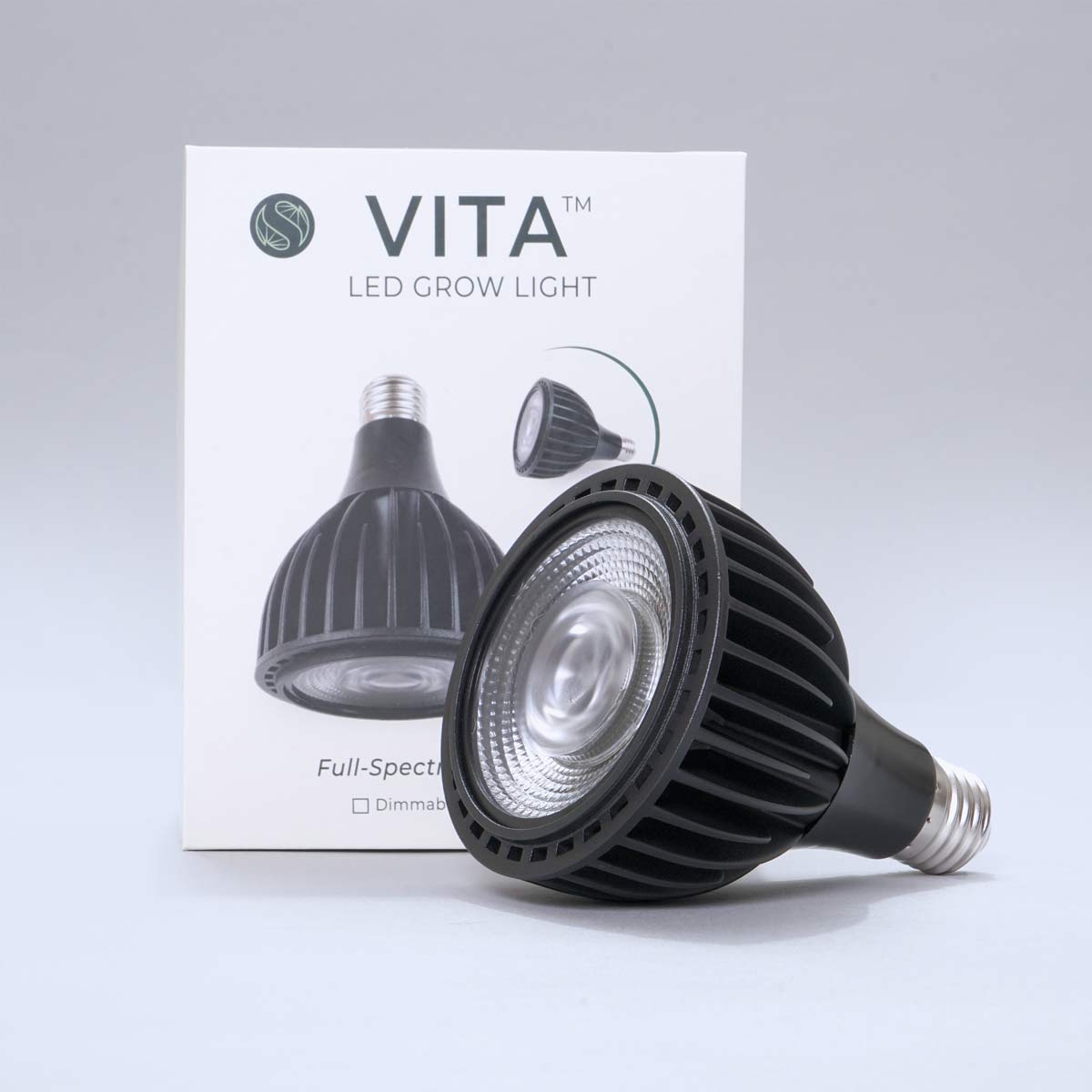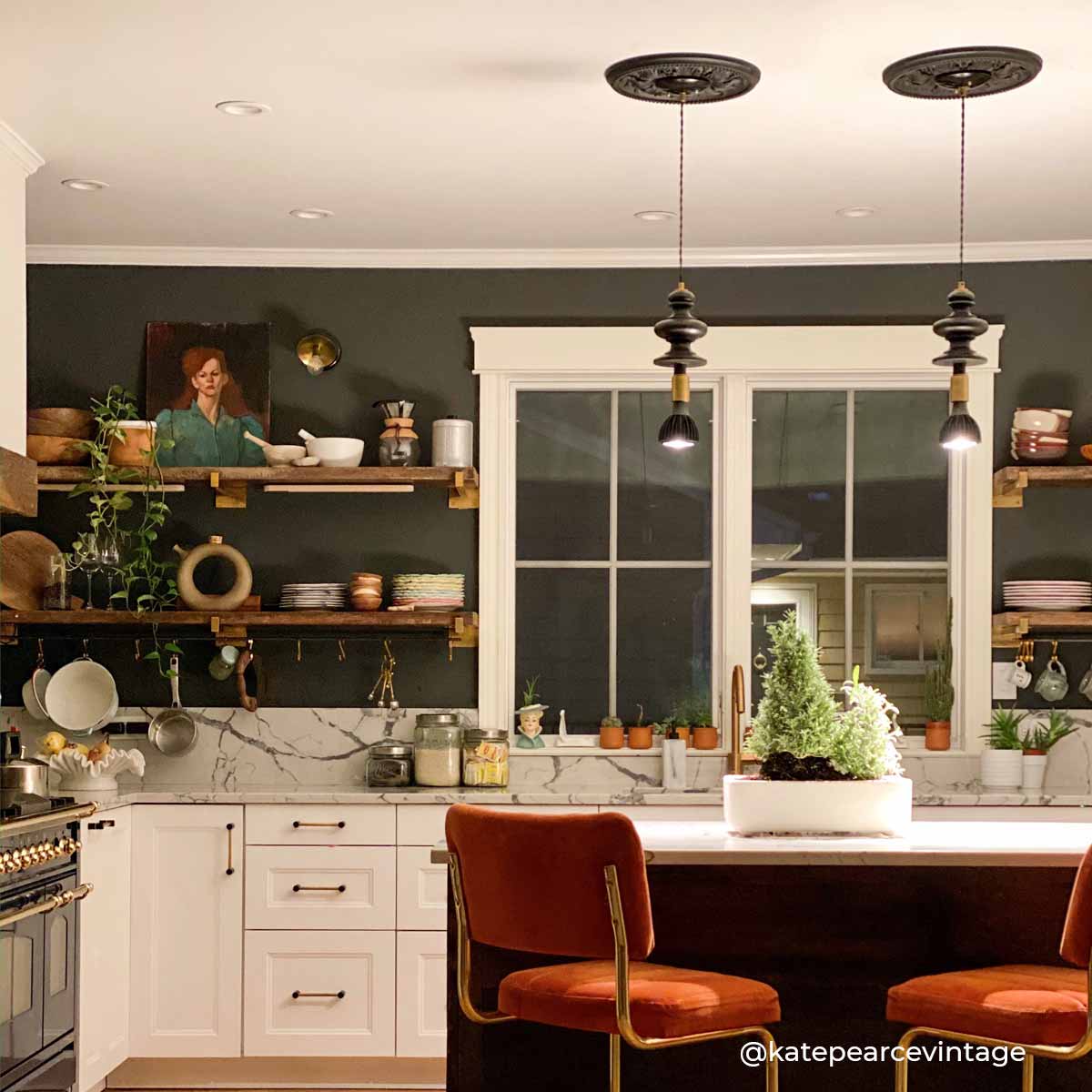We should preface this guide by noting the semi-recent reclassification of Sansevieria to the Dracaena genus. It’s confusing and just like the Willis Tower, we’ll probably never call it by the new name. But for the sake of science, know that snake plants technically fall under this guide whether we choose to accept their new name.
Often referred to as a Dragon Tree, Dracaena’ come in many different variations. Native of the Canary Islands, they can tolerate a bit of cooler air and high humidity. They can grow into tall trees with beautiful arching leaves as they mature.
-
Light
Your Dracaena can tolerate lower light settings but will thrive in medium to bright, indirect light. Variegated version of Dracaena will need brighter light so colors can pop more. Avoid direct sunlight as it will burn the leaves.
- Water
Dracaena plants like to dry out about 2/3 of the way. In the winter months they like to dry out, but try not to let it stay dry for too long. If you notice brown tips on your Dracaena it could be a result from overwatering or using tap water. Try using distilled water or letting your tap water sit out over night to release chemicals.
-
Soil
Almost any well-draining potting mix will be sufficient for your Dracaena. Our go-to recommendation for a high-quality soil that’s fast draining is Fox Farms Ocean Forest.
-
Humidity
Humidity is an important key for caring for your Dracaena. It makes them the perfect dimly-lit bathroom plant as a low-light, humidity-loving plant variety. Providing a humidifier nearby, misting, or making pebble trays filled with water can help add humidity to your home and keep your plants happy.
-
Fertilization
When it comes to fertilizing your Dracaena, they will only need it in the spring and summer months, every 2 weeks.
FAQ’s
-
Pet friendly?
-
No-this plant is not pet friendly so avoid putting it where pets or children can get into.
-
- Acclimation
- Similar to Ficus and Aglaonema, Dracaena, especially cane varieties, will drop some of their lower foliage when introduced to a new home which almost certainly does not have as perfect of conditions as the greenhouses they came from. Don't fret over lower leaves dropping however you should address care issues if the new, upper foliage is not looking good.
